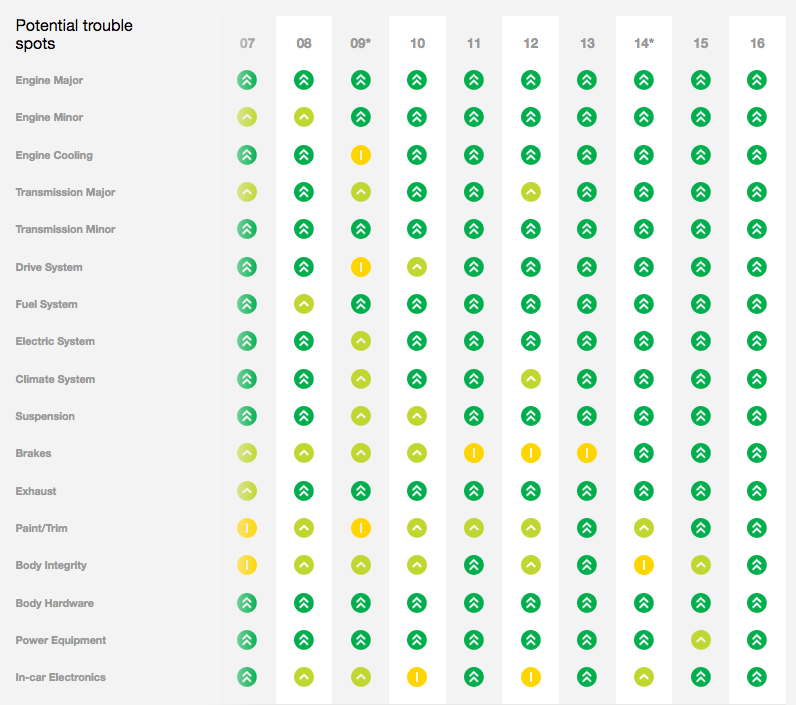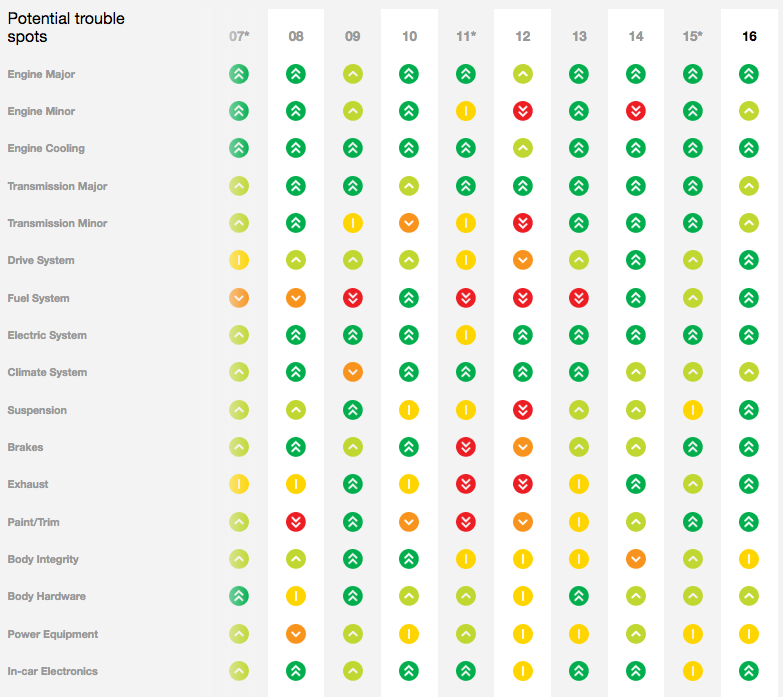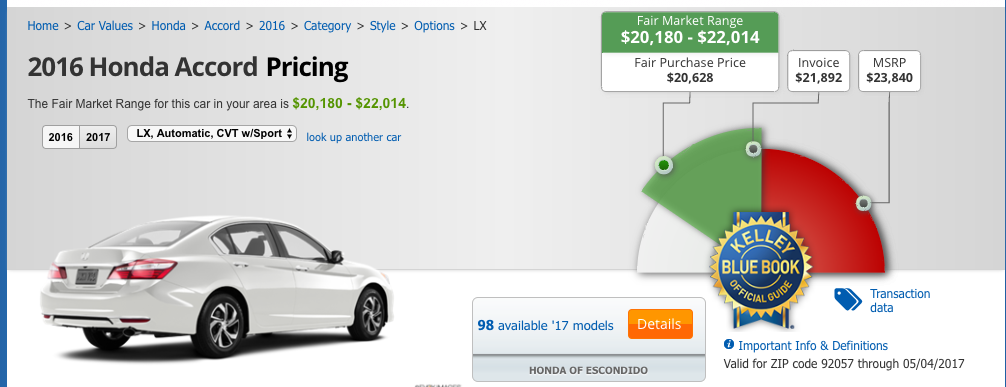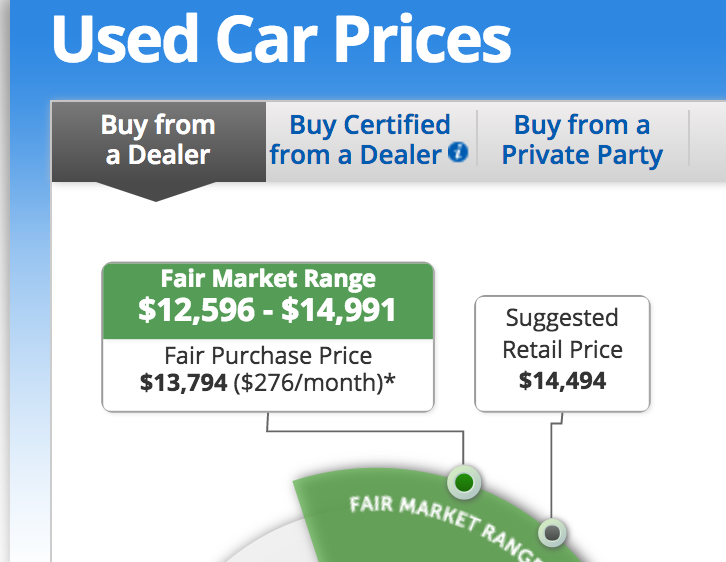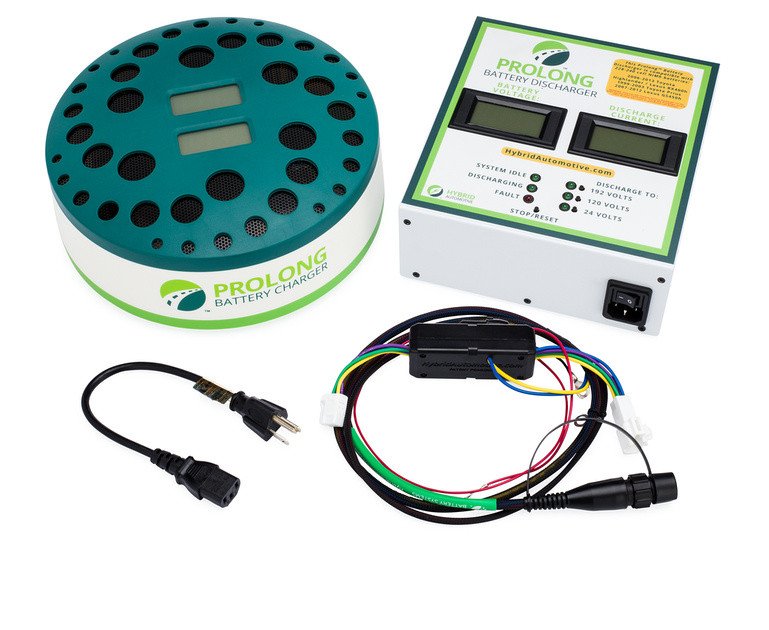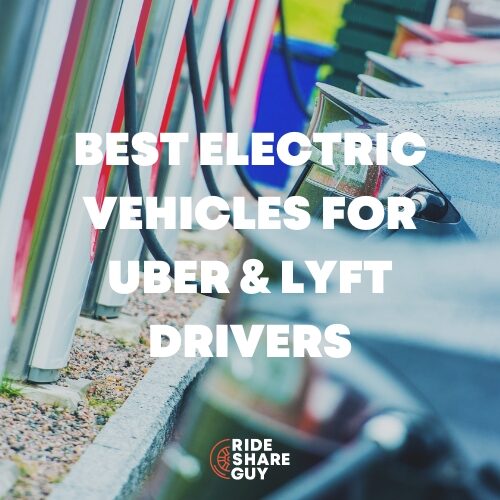Harry here. I get a lot of questions from people asking for my advice on the “best car” to buy as a rideshare driver. While there’s a lot that goes into choosing a car to drive for rideshare (UberX, Uber XL, your budget, if you should lease instead of buying, etc.) there are still ways to find which cars make the most financial sense. Today, RSG contributor Will Preston takes an in-depth look at the Total Cost of Ownership (TCO) on a variety of popular rideshare vehicles, including the Toyota Prius. So does the Prius come out on top? Keep reading to see!
Best Car For Uber Drivers
If you’re thinking of rideshare driving but don’t have a car yet, check out our Vehicle Marketplace here. You’ll find leasing options as well as rentals, which can be a great idea if you want to try out a particular type of car or just see if you even like rideshare driving.
Ever taken a ride as a passenger, either for Uber/Lyft or a taxi? Chances are, you were probably in a Toyota Prius. If you’re considering purchasing a new or used car to be a rideshare driver, a Prius may seem like the obvious choice, but is it the best car for the job?
For reference, I purchased a 2013 Toyota Prius with only 15,000 miles on it, and I also own a 2011 Honda Fit. But I do almost all of my ridesharing with the Prius.

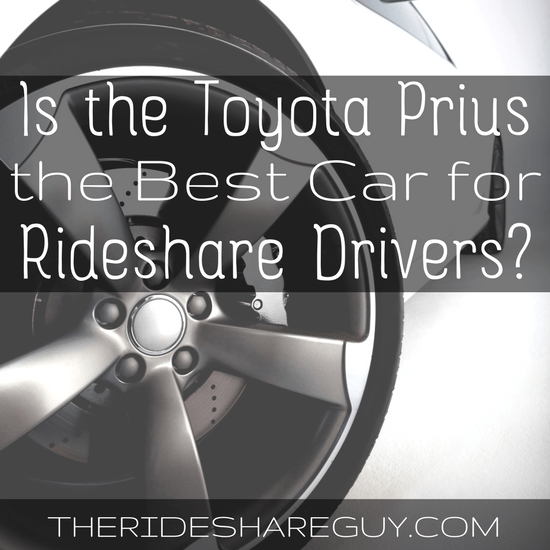
Comfort and Interior of the Prius
I love my Honda Fit, and my wife loves the car too. She actually prefers driving it to the Prius, as she finds it easier to handle. This could be because it is 19″ shorter and 2″ less wide than the Toyota Prius. It’s also 2″ higher than the Prius.
The Honda Fit also has a very unique feature of being able to fold the back row up to allow you full access from floor to ceiling for tall things. People who ride in either row often remark that there is a lot more room in the vehicle than they thought there would be. If I’m going to spend many hours a week in a vehicle, I want it to be comfortable. I am 6 feet tall and I have no problem getting into either the Honda Fit or the Toyota Prius.
However, there is simply no comparison between the two when it comes to the suspension. You feel every bump when you are riding in the Fit. By comparison, the Prius feels almost like a luxury car. I’m reminded of this every time I drive my wife’s car (the Fit).
If you are considering the purchase of a car especially for ridesharing, I would strongly recommend getting leather car seats. We bought our used Prius from Carmax, and they had a display showing an aftermarket leather option that I really wish I had bought at the time. It was $1000 and, at the time, that seemed like a lot of money. But as I have mentioned before, I spent about half that amount putting on vinyl seat covers, which are nowhere near as good as factory leather seats. In my recommendation, leather seats are a must to protect yourself from wear and tear and especially the pukers.
Total Cost of Ownership
As we’ve touched on before, your per mile profitability is determined by a few things: what Uber and Lyft are willing to pay you per mile, how many miles you are going to drive for each mile you get paid for, and how much those miles are going to cost. The first aspect is obviously out of our control and is based on the whims of Uber and Lyft in your market.
Related: How to Calculate Per Mile Earnings Instead of Per Hour
The second aspect is somewhat in your control, but I do not think that many rideshare drivers put enough emphasis on minimizing the number of miles they drive versus the number of miles they get paid for. Open the passenger version of your favorite rideshare app and watch the online vehicles drive in circles around you. If you are in an active area, there is absolutely no reason to do that. But I digress.
The question at hand is whether or not the total cost of ownership of the Prius is lower than the total cost of ownership of other vehicles. I used two main resources to answer this question: Consumer Reports and Kelley Blue Book. (Side note: it’s amazing that all of the information built into Kelley Blue Book is now available for free. You used to actually have to buy the printed book to get that information.)
I am a longtime fan of Consumer Reports. They are not perfect, but they get it right most of the time. CR is a nonprofit organization that takes no money in advertising and is supported entirely by user subscriptions. One of the things I really like is their reliability ratings, which are based on surveys of their subscriber base.
The reliability ratings are very detailed and show you exactly the things that tend to go wrong on each year. It would be a violation of my subscriber agreement to reveal the details of individual cars, but consider the reliability ratings of these two vehicles. Solid green is good, solid red is bad, light green and yellow are not so good.
Editor’s note: You can typically find a subscription to Consumer Reports for free at your local library, either accessible at the library or online. You’ll need a library card to view the material.
As long as a car’s reliability rating looks good, I would consider it a solid choice for a used car. If its reliability rating looks bad, then I would have to factor in other costs when considering the total cost of ownership. A car that has lower ratings means I am likely to spend thousands of dollars in repairs over the life of the car.
In contrast, I have put hundreds of thousands of miles on the various Toyotas and Hondas I have owned, with only one major repair over that time. I am not including the cost of things like brakes & tires, as they should all be roughly the same between different models. I’m speaking only about repairs of things like alternators, air-conditioners, and etc.
Related article: Essential gear every rideshare driver should have
My Methodology
I decided to look at the total cost of putting 50-100,000 miles on a new and used car of the same model. In order to be included in my comparison, a car needed to be listed on CR’s list of recommended cars under $30,000. I also needed to be able to purchase a new version of the car and an old version of the car for comparison purposes. Finally, I needed to be able to get used car pricing for each model, which is why I chose to use 2016 for the model year, rather than 2017. (I couldn’t get used pricing for all 2017 cars, but I could still get new pricing for all 2016 cars.)
I then start with the price of the car as you would buy it (new or used), then calculate what the price of the same car would be with 100K additional miles, then calculate the difference.
I decided to look at 7 cars:
- Toyota Prius
- Honda Fit
- Honda Accord
- Toyota Camry
- Toyota Camry Hybrid
- Toyota Corolla
- Toyota Matrix
To calculate the depreciation cost of adding 100,000 miles to a new car, I started with new car pricing from Kelley Blue Book. I then selected 2016 as the model year, selected the make and model, then recorded the MSRP and MPG of the least expensive version of the car that offered an automatic transmission and four doors. I then selected used car pricing and recorded the MSRP of the same car with 100,000 miles on it. All I had to do then was calculate the difference in value. For example, you can see below that a new 2015 Honda Accord has an MSRP of $23,840.
Then you can see the same car has an MSRP of $14,494 once you add 100,000 miles to it. Subtract $14,494 from $23,840 and you get $5,677 as the depreciation of adding 100,000 miles to a new Honda Accord.
To get the depreciation cost of adding 100,000 miles to a used car, I repeated the process by going to the used car section of kbb.com and recording the MSRP of a 2011 version of the same car with 80,000 miles as the starting miles. (KBB suggested this was an average amount of mileage on a car of that age.) I then recorded the MSRP of the same car with 180,000 miles, and calculated the difference.
Using the same car as our example, a 2011 Honda Accord with 80K miles costs $11,311, and the same car with 180K miles costs $8384. Subtract $8384 from $11,311 and you get $2,927 as the depreciation of adding 100,000 miles to a 2011 Honda Accord.
How to rent a car to drive for Uber, Lyft, Uber Eats, etc.
What Did I Find?
I put all the values in this spreadsheet. Here is a screenshot of the spreadsheet with all the costs shown. The Gas @ $2.379 cost is how much gas would cost for 100K miles for that car based on its MPG rating. The Depreciation column is the difference between the MSRP of the car when you bought it and after you add 100K more miles to it. The cost per mile is calculated by adding the two together and divide by 100K miles to get the per mile cost of using that car for rideshare driving.
 If you assume that Consumer Reports reliability ratings are accurate, and a well-recommended five-year-old car should have no more maintenance than a brand-new car, it is definitely less expensive per mile to buy a slightly older car when it comes to rideshare driving.
If you assume that Consumer Reports reliability ratings are accurate, and a well-recommended five-year-old car should have no more maintenance than a brand-new car, it is definitely less expensive per mile to buy a slightly older car when it comes to rideshare driving.
The winner of the overall cost of ownership was the 2011 Toyota Prius by a comfortable margin. It came in at a total cost per mile of $.08, versus $.10-.$.12 per mile for all other used cars, and $.14-$.18 per mile for the new cars. Among the new cars, the least expensive to operate for rideshare driving was the Honda Fit, being $.01 cheaper per mile than the Prius or the Corolla. Having driven both the Fit and the Prius, though, I’ll happily pay the extra $.01 per mile to drive the Prius.
Remember, regardless of the actual cost per mile you can still deduct that $0.535 cents/mile at the end of the tax year. So you will definitely want to track as many miles as you can using an app like QuickBooks Self-Employed. Otherwise you might end up with an unpleasant surprise at the end of the tax year…
What About the Hybrid Battery?
Some people are afraid that they might have to replace the hybrid battery in the Prius at some point. They might get even more worried if they get a quote for doing that at a Toyota dealership, as they have prices hovering around $4000 for such work.
The good news is that your battery probably either just needs a reconditioning or at most has a single bad cell. Solving either costs much less than $4000. If you’re handy, identifying and replacing a single bad cell is a few hours worth of labor and a $40 replacement cell. (Caution! 220V of DC can kill you!)
I also found an aftermarket reconditioning device that you can use to regularly recondition your battery so you don’t get bad cells, and it costs $658 + shipping for a Prius. They claim that with about an hour’s worth of labor, you can install their connector to your battery while still in your car, then recondition it any time after that by just plugging in their discharger and charger. They are the only company to offer in-car reconditioning like this, and it’s less than the cost of a single reconditioning by a professional! They recommend installing it once you start to see symptoms of a degraded battery, which they detail here. (The biggest sign is decreased gas mileage.)
The Verdict
Even though I’ve been a fan of hybrid cars for a while, I’ve often wondered if the amount of money you save in gas is eaten up by the extra price you pay for the hybrid. But the math here shows the Toyota Prius seems to be a special animal, starting with the fact that it gets 50 miles per gallon. (I regularly get 44.3 MPG in mine.) It’s also incredibly reliable. It has plenty of room for luggage for airport runs, and its seats and suspension are very comfortable. The Prius has a quiet ride and a solid sound system in the base model. No wonder it’s so popular.
In short, a slightly used Toyota Prius is the perfect rideshare vehicle.
Read next: How to rent a car to drive for Uber, Lyft, Uber Eats, etc.
Readers, what do you think about this analysis? Do you have a Prius – why or why not? If you’re a Prius owner, what MPG are you getting regularly?
-Will Preston @ RSG
